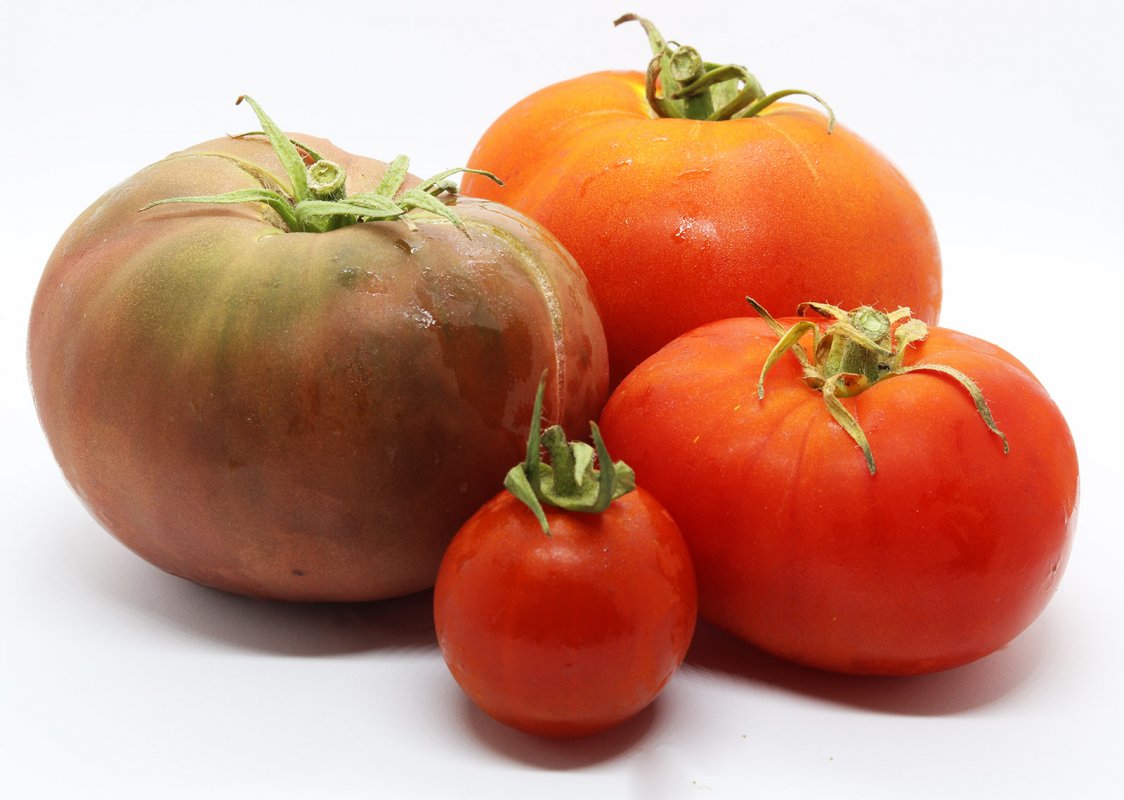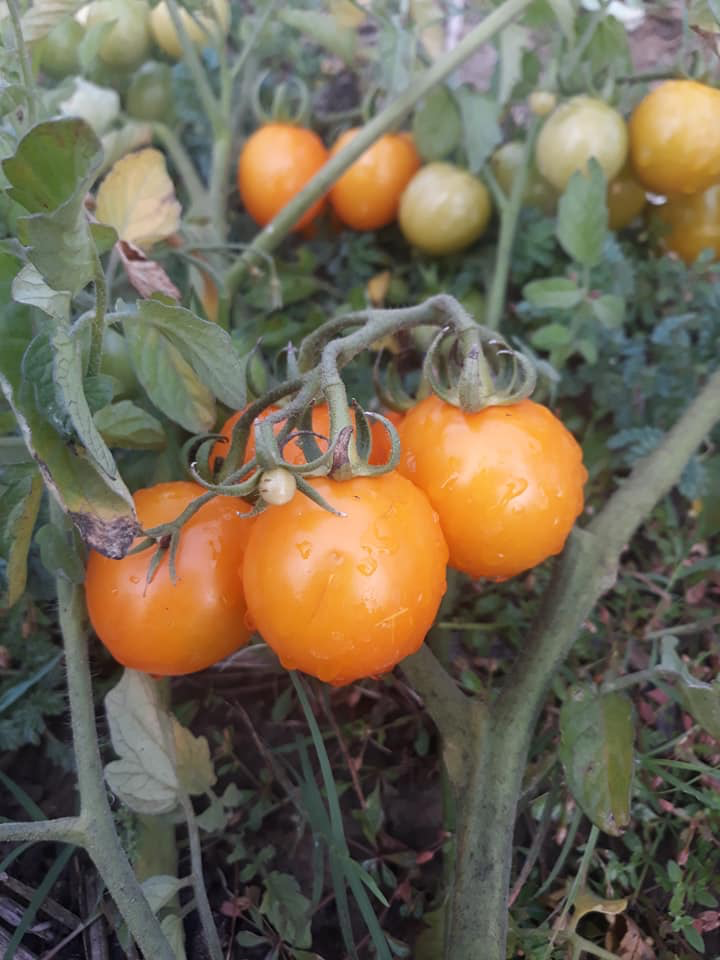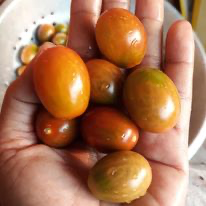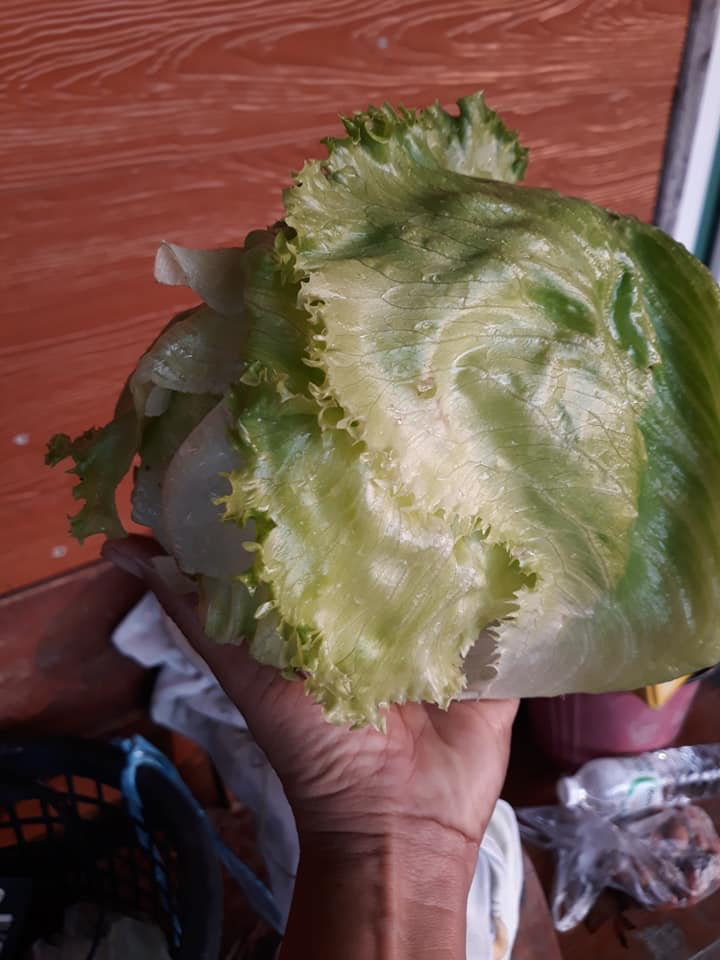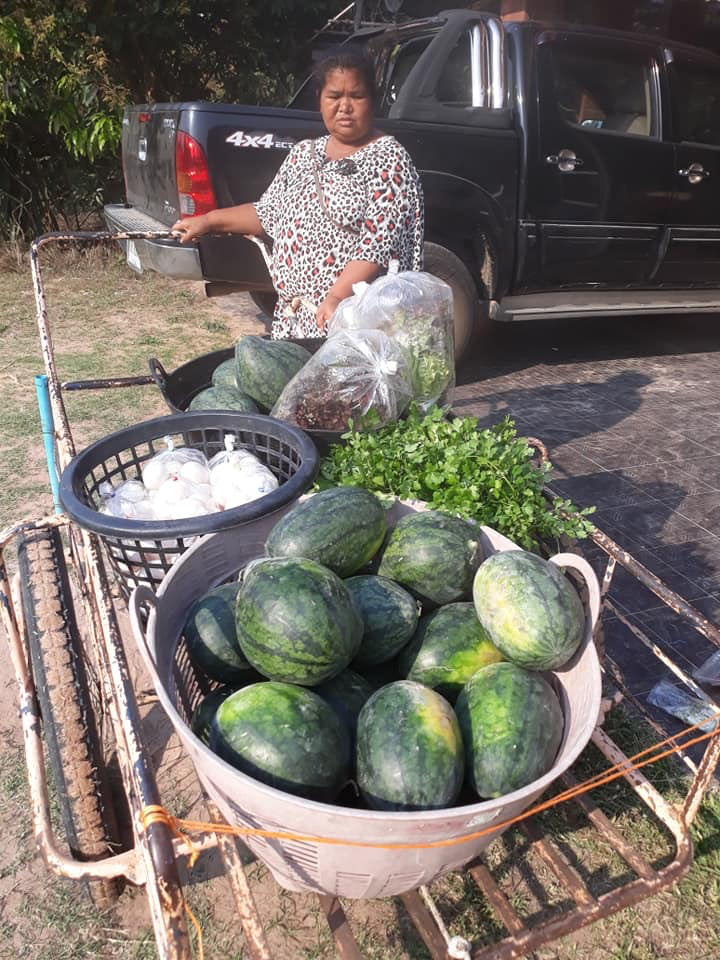Rice
Resident Smart Arse
I tried my hand at an old skill I have not done since I 29. Wow now I think of it. Because that is when I moved to Darwin. It is impossible to grow Tomatoes (Well very hard) there for there are very bad Nematodes that kill them that live in the soil there. Well anyway. I know a bit about it as ,well I am a smart arse. So I planted out my Tomatoes with 3 varieties.
Ferline hybrid, Heritage variety Ox heart and the back up which I was going to sell Thai peach tomatoes or Luk Tor as the Thais call them. I was well versed in what could go wrong and counter measures were taken. But alas I was besieged by two blights one was that strong NE wind that blew hard for two weeks in January the second was man made. It was a constant dust storm for a week from scraping up top soil in rice fields to throw away. This will be a topic for another day.
Well with the blights the Tomatoes got stressed and what is called Blossom end rot took hold. This is generally caused by lack of Calcium in the soil. This was one of the counter measures I did account for. But alas not enough. Maybe next time, if there is a next time.
The funny thing is, is that I planted the Thai Tomatoes as I figured they would be less effected by any problems, and they were worst effected. The other two varieties did not hardly suffer.
So here is the bottom line on the bottom line.
I have buckets of Tomatoes that are still good to eat they just need the bum cut off. Great for sauce making soups or what ever. I would normally do something myself but I lack the facilities in my Bungalow in the rice fields.
So who wants them? Or they go to the Chooks.
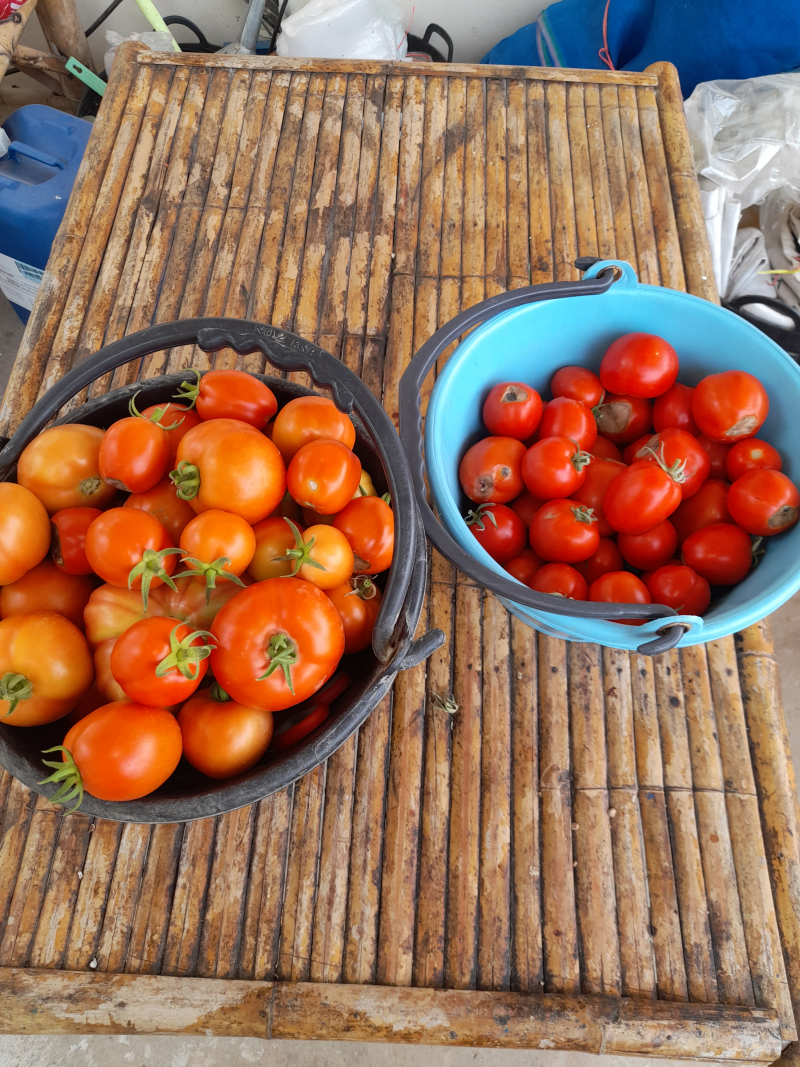
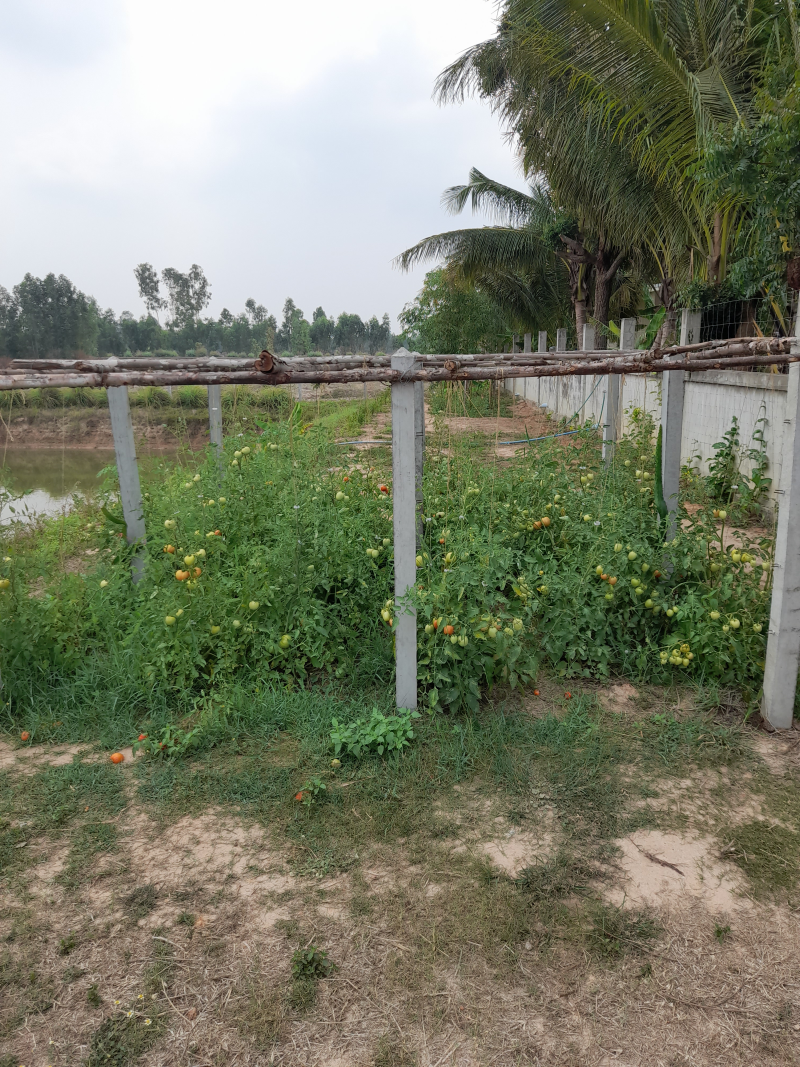
Ferline hybrid, Heritage variety Ox heart and the back up which I was going to sell Thai peach tomatoes or Luk Tor as the Thais call them. I was well versed in what could go wrong and counter measures were taken. But alas I was besieged by two blights one was that strong NE wind that blew hard for two weeks in January the second was man made. It was a constant dust storm for a week from scraping up top soil in rice fields to throw away. This will be a topic for another day.
Well with the blights the Tomatoes got stressed and what is called Blossom end rot took hold. This is generally caused by lack of Calcium in the soil. This was one of the counter measures I did account for. But alas not enough. Maybe next time, if there is a next time.
The funny thing is, is that I planted the Thai Tomatoes as I figured they would be less effected by any problems, and they were worst effected. The other two varieties did not hardly suffer.
So here is the bottom line on the bottom line.
I have buckets of Tomatoes that are still good to eat they just need the bum cut off. Great for sauce making soups or what ever. I would normally do something myself but I lack the facilities in my Bungalow in the rice fields.
So who wants them? Or they go to the Chooks.




